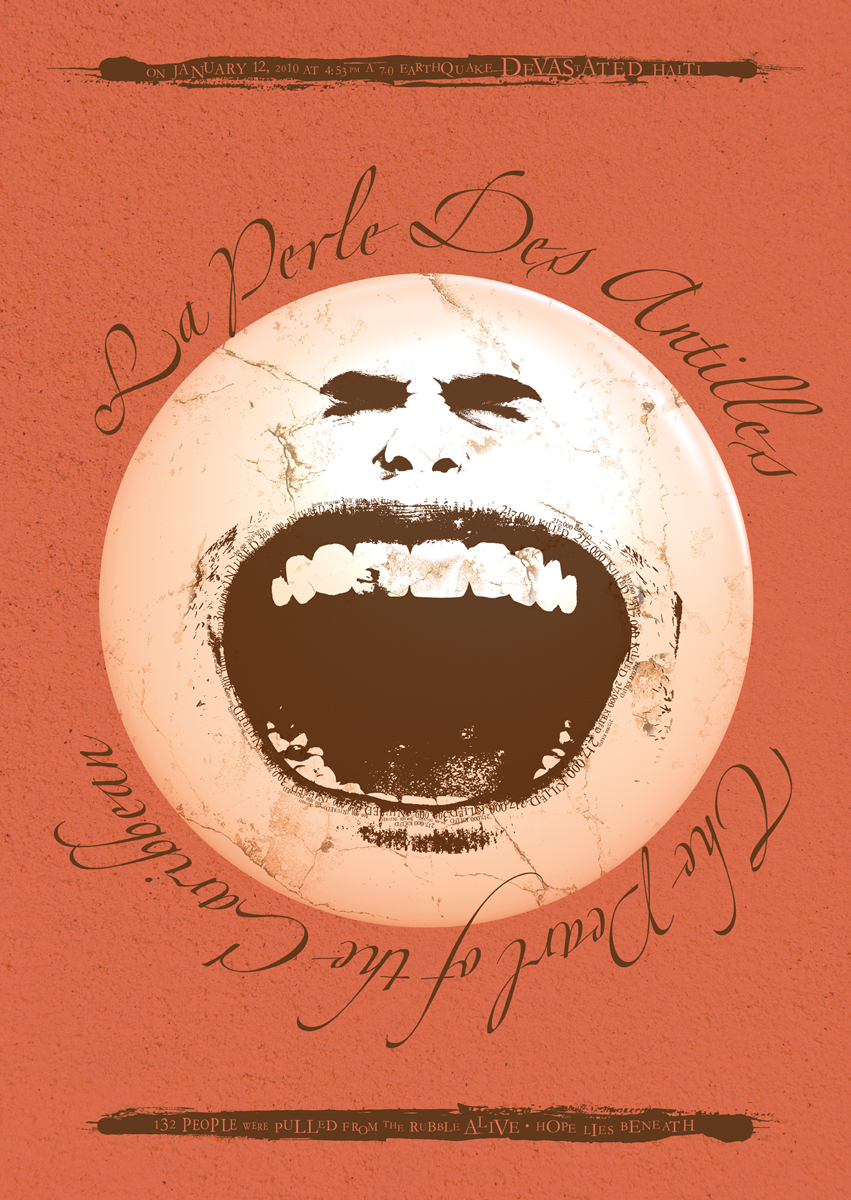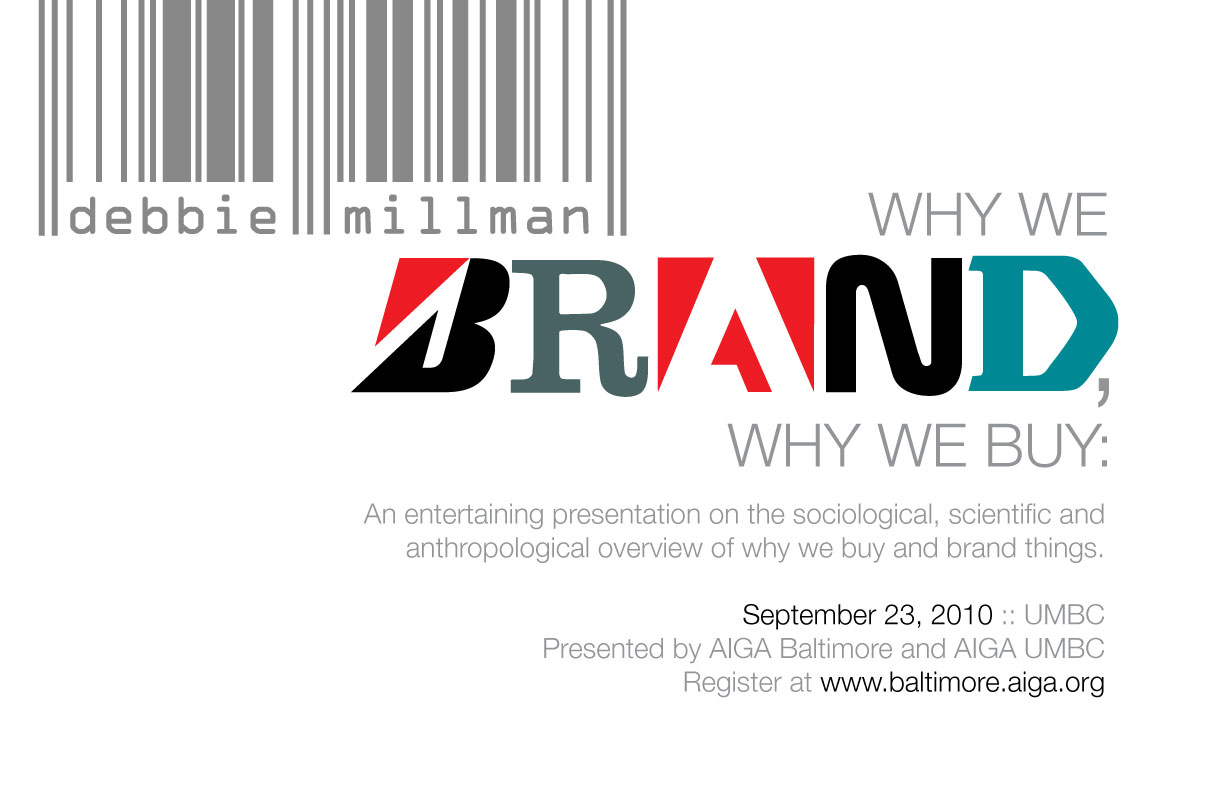
We all know mistakes happen. Sometimes, there’s little more one can explain. But often more times than not, we can be mindful of not only eliminating the mistake, but the conditions under which they occur.
For instance, I know nothing about the circumstances under which this sewer cover was mass-produced and put into my neighborhood, and ostensibly others. There are at least two like this in my neighborhood, by the way. Nonetheless, people twenty years from now have the opportunity to ask themselves “what happened” that might allow this to occur? While I may never know it gave me a chance to muse on mistakes I’ve made and how continuing to be unafraid to make mistakes anew, while redoubling the process behind dealing with mistakes can help to eliminate as many as possible.
While some confuse me with a designer, very few confuse me with a writer. I do write, of course, but not in the way a real writer writes. I focus on getting it done and getting it out. This means that even if I’m working the solo project or the big board project, I have to have a system in place to catch the little errors and gaffes that easily slip by when I’m working—my mind going a mile a minute.
When I played baseball, I used to write “E5” (the classification of an error by a third baseman—my former position) on my fielding glove, a constant reminder that the next error was right around the corner. This gave energy and passion to the process of preparing myself for as many situations as I could by taking as many practice ground-balls, to get myself as ready as possible. Instead of being afraid of the possibility of the mistake existing, I tried to confront the reality that they may very well happen, but preparedness may help to deal with the problem.
Same in civilian life. We all have processes that can help avoid mistakes, but in truth, we (society) don’t always take them seriously. Look at the reductions in staph infections when hospital workers (no, not just cafeteria people, nurses and doctors, too) take the care to address cleanliness, and subsequently witness and enjoy significant reductions in infections when processes are put into place regarding simple things like washing hands, etc.
Or, my favorite—and one of the more ubiquitous—is the airline pilot’s checklist system (emulated for many things including software to prepare files for press) as a way to decrease unchecked issues which can affect safety. While we are all familiar with these methods of reducing errors, that doesn’t mean we take the time to practice them. Like the difference between an art (practice) and the science (knowledge) many mistakes persist, when we (and by we, I mean I) fail to discipline ourselves to follow our systems for reducing mistakes.
And as we pointed out, it’s simple things. On the board, it’s a process of having the web chair review and set up the newsletter or email that was prepared to send out. The mistakes have a familiar story (I had to rush it…) In my own work, it may mean having a fruitful free-development session followed by an equally vigorous editing session.
A lack of discipline to adhering to a process that allows us to do our best work allows the opportunity for mistakes to creep in and for those mistakes to threaten the body of work on which we work. As a designer, I am the goalkeeper of the a work’s printed existence. While there are other steps in the process whom are all accountable: proofreader, client, mistakes reflect just as bad, if not worse on the designer.

I’ve come to think of the best designers as exhibiting control, not controlling. They volunteer (and build it into their fees) to do press checks, to review the files, etc., because they recognize the time-cost of doing these things is well-worth the value in comparison to a process where the file has to be reprinted. They proactively communicate their schedule and availability, including client-review timelines, to fully inform the client of the time needed to properly turn files. As a designer and a responsible party in the process, it’s up to us to take the reins and eliminate the mistakes.
Just as threatening can be the process of setting expectations for colleagues and clients. One of my favorite book covers is the cover for Ellen Shapiro’s The Graphic Designer’s Guide To Clients: How To Make Clients Happy And Do Great Work. The book is a great read and reminds me that the process of working with clients is very much a contact sport. Clients hire designers for their expertise and designers must be professional in exhibiting that expertise in their projects and work process, because it helps the work.
While there’s often a give-and-take there, better clients, no matter what type, will respect the process that a designer exhibits (and by exhibits, I mean informs in writing and in practice) in order to put the best product out there.
I’ve had clients for whom this was an issue and, get this, I felt it was a”mistake” for us to continue working together. Because when the same concerns crop up and there’s nothing or little I’ve done to help them, I only had myself to blame because I saw them in the process. So, in some cases, the art of not making mistakes is about embracing the courage to execute projects in the best way for them to be done well and backing that up with the discipline and the process to see them through.









